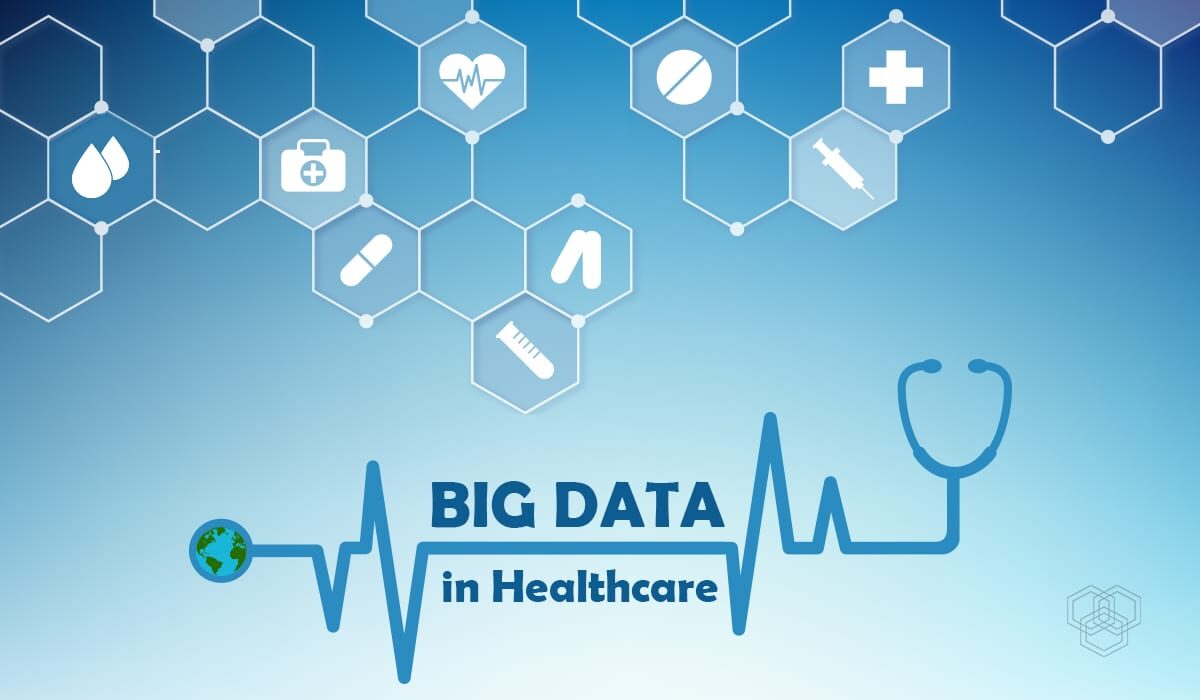Just like many other industries, healthcare is on the verge of being revolutionized by the rapidly increasing use of data analytics. Although big data can improve quality and efficiency of care in numerous ways, there are several obstacles that still have to be overcome in order for big data to be of everyday use for all types of healthcare professionals.
First of all, I would like to highlight the enormous potential of the use of big data in healthcare by listing some of its current and future benefits for both patients and doctors with the use of the 4 Vs of big data. It is available in very high volumes (NEJM Catalyst, 2018). Whereas healthcare data was only available in standalone IT systems of hospitals or general practitioners, professionals will have access to more and more patient data in the future. Also, health data moves at high velocity and can be more easily shared between many types of healthcare institutions. Additionally, as healthcare data is derived from many sources, it is highly variable (NEJM Catalyst, 2018). The fourth V, veracity, is very hard to achieve in healthcare. This is one of the main obstacles to fully implementing big data in healthcare. Whereas inaccurate data in regular business cases represent obstacles to monetizing data in that particular situation, inaccurate health data can influence decisions made by doctors that determine life and death of patients (Shilo, Rossman & Segal, 2020).
The two most important contributions of big data in healthcare are visible in improvement of healthcare quality for patients and cost reductions. For example, big data can be used to model predictive analyses to predict patient susceptibility to a disease even before symptoms of that disease have occurred (Raghupathi & Raghupathi, 2014). These models can be based on patient lifestyle and behaviour, but also for discovering associations between diseases and genes (Raghupathi & Raghupathi, 2014). Additionally, as much patient information as possible collected in one place allows doctors to make faster and more accurate diagnoses. This in turn significantly reduces healthcare costs for our societies.
These predictive models, however, will retrieve their data from a wide variety of sources. One of these source types might even be social media (The Healthcare Guys, 2019). As patient data is highly sensitive, it is obvious that people are concerned about what is happening with their medical records and how they are used in treatment and by whom. As of late, massive data collection by all types of firms has raised the suspicion of people that personal data is being sold or misused.
I believe that there are too many potential upsides of big data analytics in healthcare to claim that the use of big data in this sector should be limited. However, I also feel that certain ethical standards and supervision have to be put in place before fully committing to the use and distribution of big data in healthcare.
References
NEJM Catalyst. (2018) Healthcare Big Data and the Promise of Value-Based Care. Retrieved 1 October 2020, from https://catalyst.nejm.org/doi/full/10.1056/CAT.18.0290.
Raghupathi, W., Raghupathi, V. (2014) Big data analytics in healthcare: promise and potential. Health Inf Sci Syst 2, 3. https://doi.org/10.1186/2047-2501-2-3
Shilo, S., Rossman, H. & Segal, E. (2020). Axes of a revolution: challenges and promises of big data in healthcare. Nat Med 26, 29–38. https://doi.org/10.1038/s41591-019-0727-5
The Healthcare Guys. (2020). The Pros and Cons of Healthcare Database Retrieved 1 October 2020, from https://www.healthcareguys.com/2019/10/27/the-pros-and-cons-of-healthcare-database-systems/.


